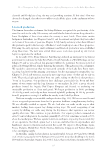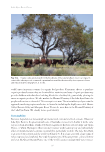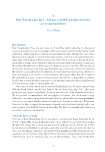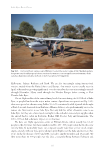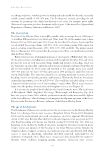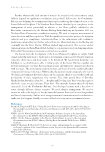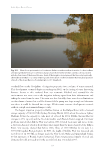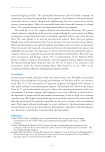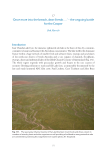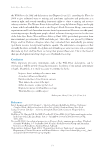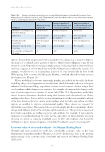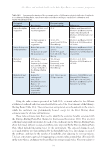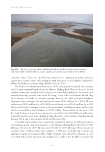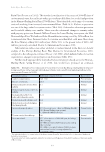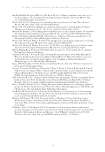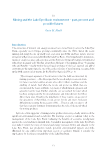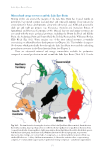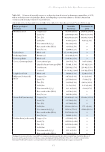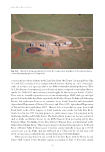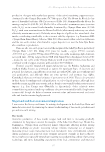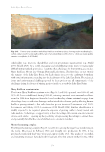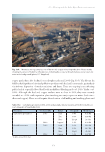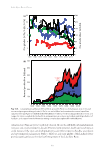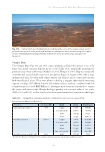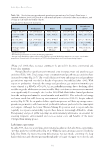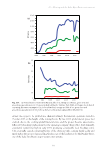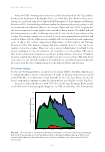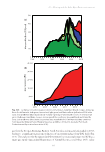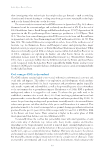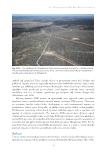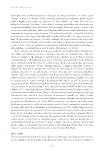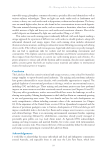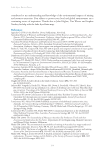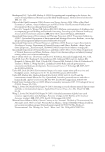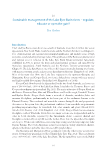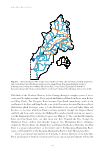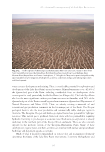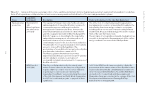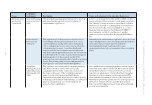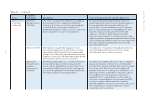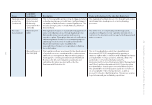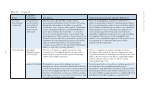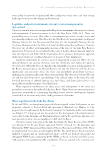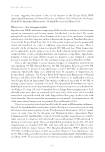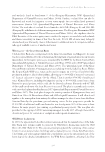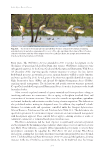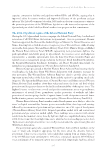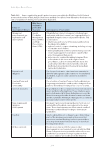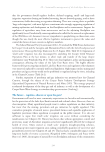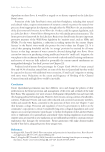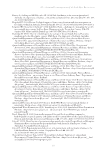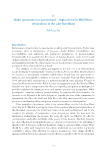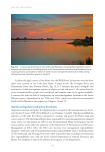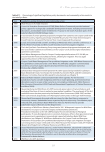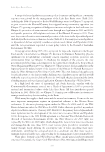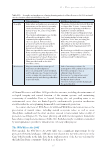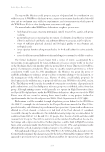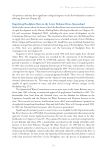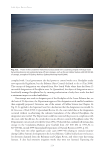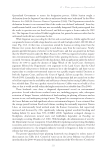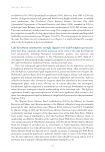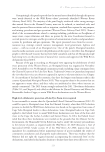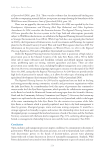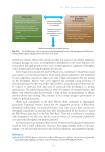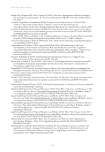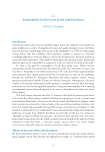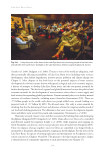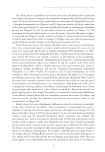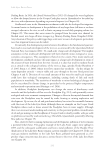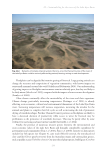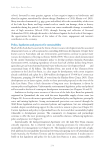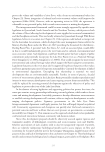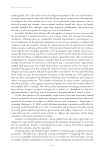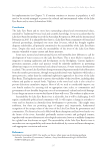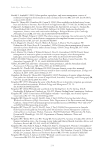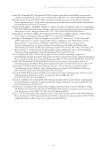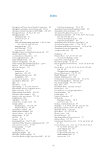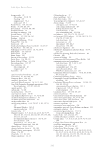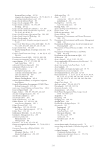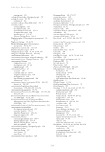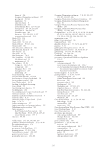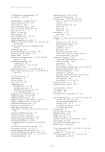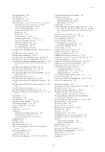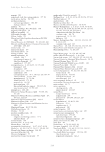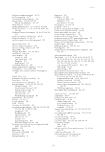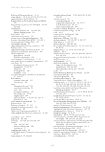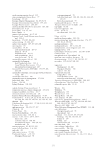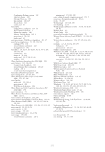Lake Eyre Basin Rivers 50 records strong relationships between the magnitude and/or duration of the annual flood pulse, floodplain area inundated and fish production in the same or subsequent years (Welcomme et al. 2006). Similar relationships have been demonstrated in Cooper Creek after large floods. For example, the February 2000 flood in Cooper Creek flooded nearly 14 000 km2 of floodplain, and was followed by a boom in fish numbers that remained evident in waterholes sampled 14 months later. The species most responsive to flooding were rainbowfish, silver tandan, spangled perch, yellowbelly and Barcoo grunter (Arthington et al. 2005). Similar increases in fish abundance following large floods have been reported in the intermittently flooded Coongie Lakes in the lower Cooper Creek catchment (Puckridge et al. 2000) and in other Lake Eyre Basin rivers (Kerezsy et al. 2011). Most species in the Lake Eyre Basin move over considerable distances into the variety of aquatic habitats (Fig. 4.1), using channel flows or flood waters for dispersal and colonisation. Two patterns of movement behaviour identified in native fish from the ephemeral Mulligan River may be the norm for the fauna of the Lake Eyre Basin (Kerezsy et al. 2013). Extreme dispersing species (bony bream, spangled perch, silver tandan, desert rainbowfish and glassfish) move widely into intermittently wetted habitats, while conservative dispersing species (Barcoo grunter, Welch’s grunter, yellowbelly and Hyrtl’s tandan) do not move as far, tending to inhabit deep waterholes within mid-reaches of rivers that are likely to hold water for long periods. For the entire fish assemblage, the capacity to disperse and access periodically flooded habitats is an important life history trait enabling most species to build up sufficient numbers for at least some healthy individuals to persist through the bust period. These temporal population fluctuations and variable recruitment and movement strategies have many parallels in the fishes of other floodplain rivers around the world (Welcomme et al. 2006). Alien species are scattered but not common in arid-zone rivers of the Lake Eyre Basin. The mosquitofish presents the greatest threat to native species (see Chapter 3), particularly small species with a preference for slow-flowing or still water habitats, similar feeding behaviour and no-flow recruitment strategies (e.g. the desert rainbowfish and Lake Eyre hardyhead). The small aggressive mosquitofish could become far more abundant over time, judging by its successful invasion and proliferation in floodplain wetlands of the Murray– Darling Basin (e.g. the Macquarie Marshes), where it often out-numbers small native species (Rayner et al. 2009 D. Cruz, pers. comm.). Efforts to eradicate the mosquitofish have focused on isolated springs of the Great Artesian Basin (Kerezsy and Fensham 2013), particularly Edgbaston Springs where extant populations of the endangered red-finned blue- eye (Scaturiginichthys vermeilipinnis) are at risk (see Chapter 3). Implications of changing the natural flow regime The role of the natural flow regime as an important driver of riverine ecology is spectacularly evident in the boom and bust ecology of fish in arid-zone rivers. Even so, a pronounced capacity to swing between low and high population levels does not imply resilience to human impacts, particularly changes in the flow regimes of arid-zone rivers (Arthington and Balcombe 2011). The fish assemblages of Cooper Creek and other arid-zone rivers are vulnerable to alteration of flow patterns and catchment characteristics in several important ways.
Downloaded from CSIRO with access from at 216.73.216.128 on Nov 9, 2025, 7:57 AM. (c) CSIRO Publishing








































































































































